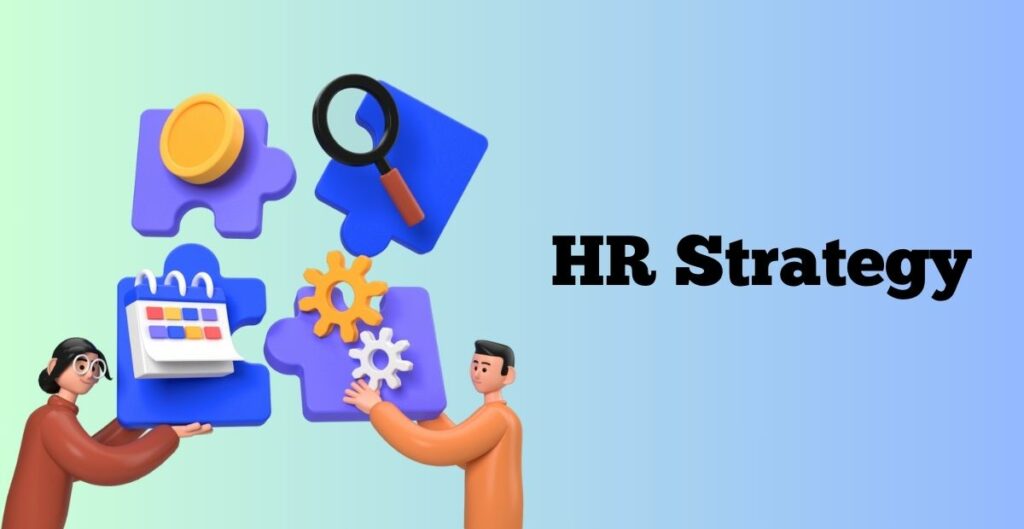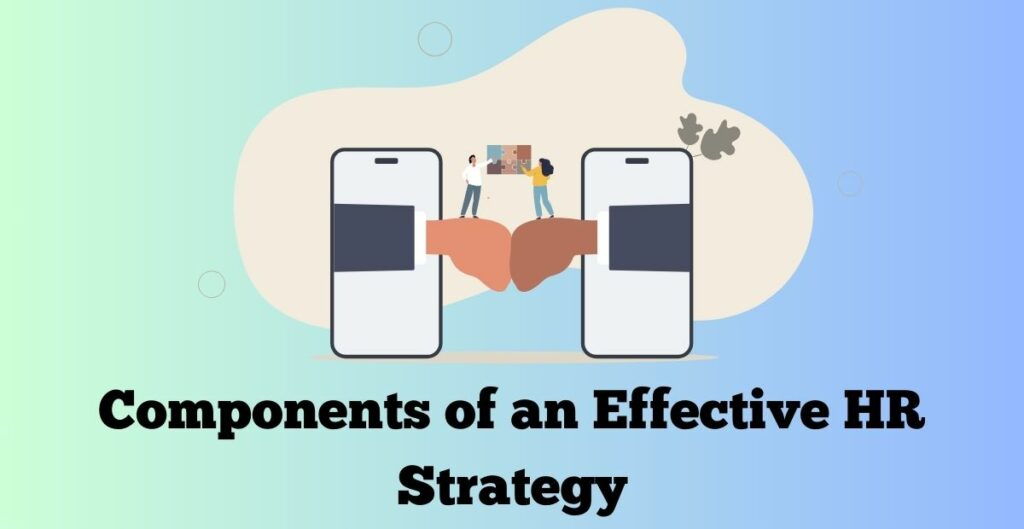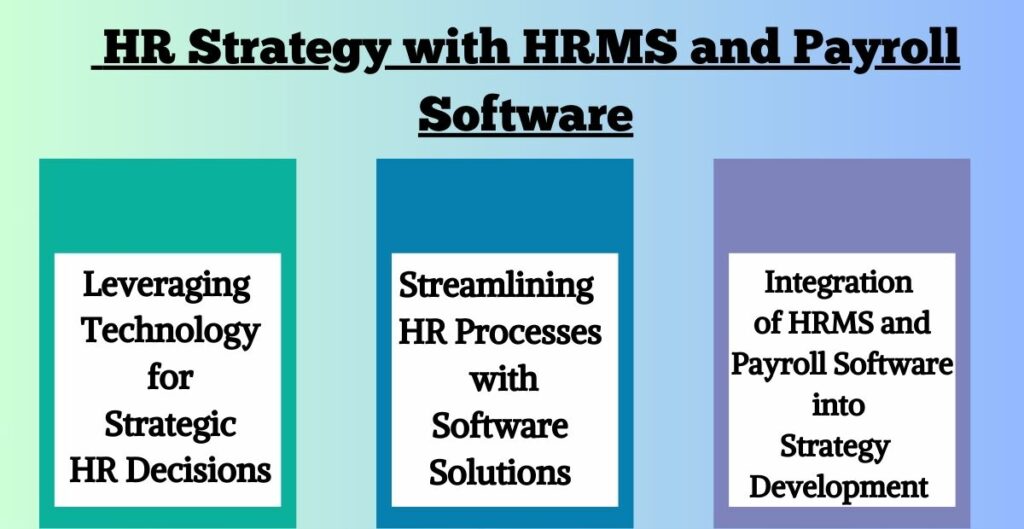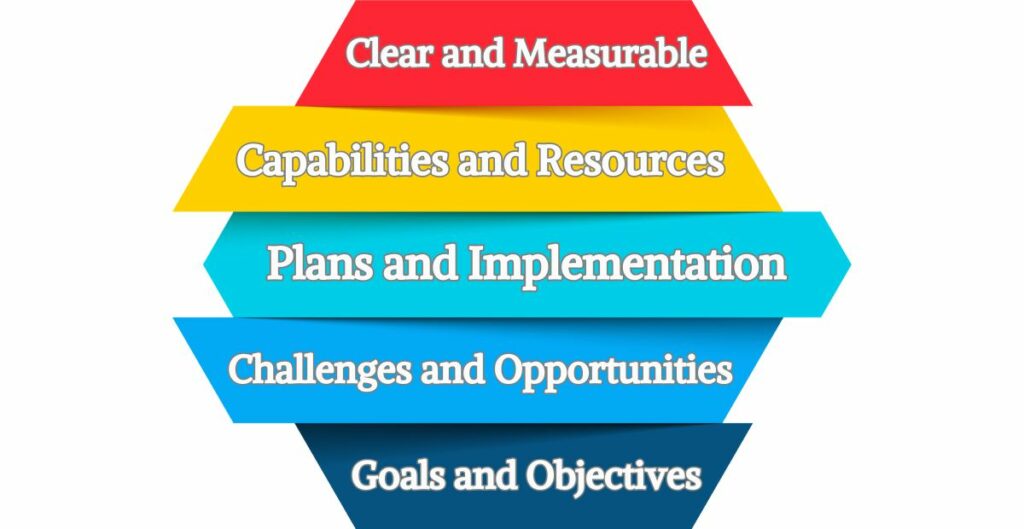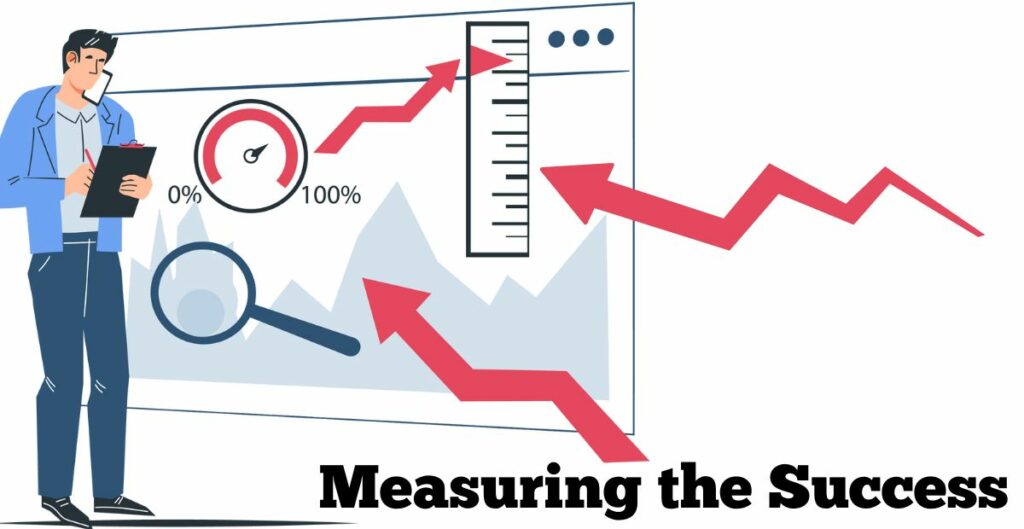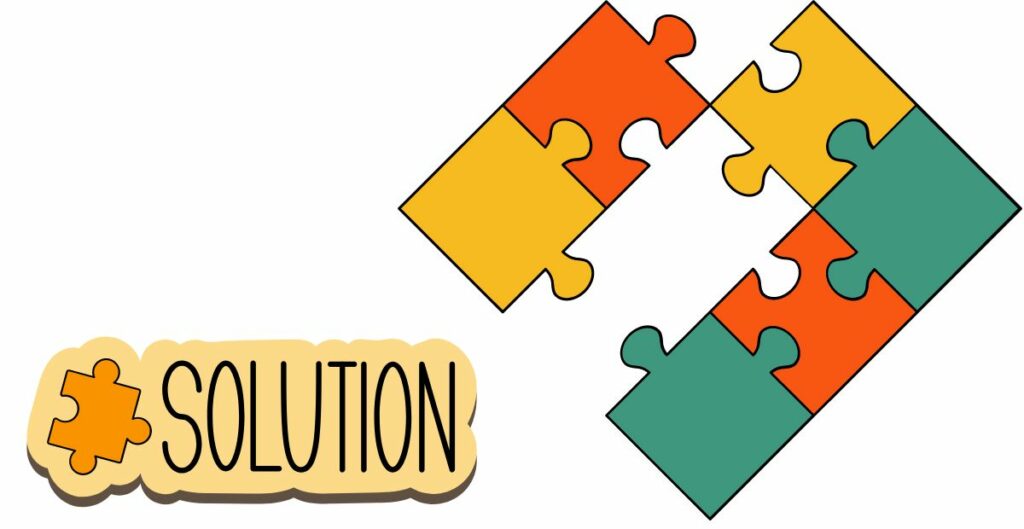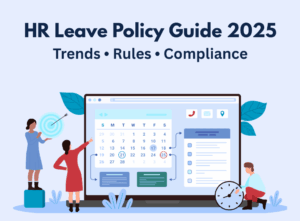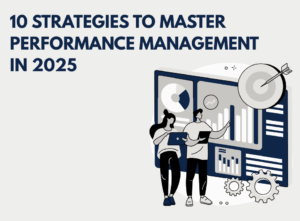Introduction
Today business circumstances are becoming increasingly dynamic and, as a consequence, successful HR strategy is a compass for an organization to strive for its ambitions. What the HR strategy represents at the heart of it is a planning document for the management of the most appreciated asset in all organizations – human Capital. In this opening part, we reveal the true depth of HR strategy, the important role it plays in an organization’s success, as well as the fact that HRMS and payroll software are very important for its implementation.
Defining HR Strategy:
Though in a nutshell an HR strategy can be expressed as the comprehensive blueprint drawn up by an organization as a means of making its human capital a part of its broader goals and objectives. It comprises the whole system which consists of hauling people management in different departments like recruitment, training, performance appraisal, and employee engagement. A clear HR strategy indicates a direction, showing the way HR initiatives are properly aligned with the organization’s objectives, mission, vision, and values.
Importance of HR Strategy in Organizations:
It is quite impossible to overestimate the value of the HR strategy that modern competing businesses rely on today. Being an anchor point, it stands for the continuity that establishes the link between the organization’s abilities and human resources. Ultimately, the HR strategy which helps in the coordination of HR procedures with the strategic objectives results in a culture of producing at the highest quality and optimal levels and ensures innovativeness and adaptability. Secondly, it is the source of attraction to the organizations as well as for the development and retention of the best workers. Consequently, the organizations gain an edge over their competitors in the market.
Role of HRMS and Payroll Software in HR Strategy Implementation:
In the times of gig digital age employers have HRMS and payroll software as the essential instruments for HR strategy implementation. The supply of these software solutions has been devoted to computerizing HR procedures, automating routine work, and providing managers with key data insights using data analytics. Personnel management and payroll systems software are fully capable of meeting the demands of HR from recruitment and selection, performance evaluation, and payroll processing in particular by providing customized solutions that take into account each organization’s distinct needs. The impact of these technologies is beneficial for businesses on three levels, they are, allocating resources, decision-making, and strategic initiatives.
In the rest of this manual, we will simplify more the contents of a successful HR strategy, the practices that are applied to form one among others, and finally, the best ways to connect that to running HRMS and payroll software. Join us on this journey while we explore the most profound parts of HR strategy and unveil technology as one of the key factors that transform working relationships in modern-day reality.
Components of an Effective HR Strategy
Talent Acquisition and Recruitment:
- Talent acquisition is the lynchpin of HR strategy, involving the identification, attraction, and integration of competent people in such a way that they favour and share the company’s ideals.
- Strategies can go from embodying sources, branding employers, using professional recruitment platforms, and cultivating connections with organizations of education and industry networks.
Employee Development and Training:
- Employee development initiatives are designed to improve the expertise of the employees in terms of their skills and competencies and help them succeed in their career paths within the organization. This in return enables the growth and development of the organization.
- An education curriculum may include technical skills development such as leadership training, soft skills enhancement, and related industry certifications.
Performance Management:
- The performance management system is aimed at evaluating the performance of employees through the use of set objectives, feedback, and enhanced improvement.
- The major part involves identifying the objectives, periodic performance reviews, 360-degree feedback sessions/mechanisms, and compensation based on performance/output.
Compensation and Benefits:
- Compensation and benefit approaches are built to provide the best creativity and employee engagement by giving equal, competitive, and reasonable awards.
- Elements could include the foundation of the basic salary structure, performance-related incentives, health and wellbeing benefits, pension plans, and a variety of work practices.
Employee Engagement and Retention:
- Employee engagement initiatives, in turn, direct their attention to strengthening a constructive work atmosphere, to build up the sense of belonging, and further develop employee commitment and loyalty within the organization.
- This can be achieved through different techniques such as regular contact; appreciation programs; listening to and including in the decision-making process or work-life counterbalancing policies.
Crafting Your HR Strategy with HRMS and Payroll Software
Leveraging Technology for Strategic HR Decisions:
- Technology has become a big part of day-to-day life. Therefore, HR professionals should use these advancements to make data-driven decisions that fit with the organizational strategies and objectives.
- Exploiting the HRMS and payroll software analytics utilities, it would be possible to provide a directional analysis of workforce tendencies, performance statistics, and employment strategy management.
Streamlining HR Processes with Software Solutions:
- Automated workflows may substitute human labour at different stages of employee onboarding (introduction), performance appraisal, leave management, and compliance reporting (compliance reporting). Making the workflow smooth and, hence, efficient.
- The self-serving portals enable the staff to get their profiles updated, keep the track of latest information, and initiate their requests themselves, thus cultivating a culture of the establishment that is transparent with every employee.
Integration of HRMS and Payroll Software into Strategy Development:
- Data interaction between HR systems and other platforms used in the organization optimizes overall communication and liaison procedures, thus helping supervisors make informed and timely choices that conserve resources.
- By adopting a direct connection between strategic planning regarding HRMS and payroll software, organizations can generate visual data and answers to pivot or tweak the existing HR strategy or in tune with the dynamic business environment and market rapid changes.
Steps to Create an HR Strategy
Assessing Organizational Goals and Objectives:
- First of all, you should build the HR plan in line with the company’s objectives and mission.
- Work together with the stakeholders to gather the mission, vision, and the organization’s strategic directions.
- Explore particular people-driven goals or plans that address the bigger organizational goal rather than just the HR-specific objectives like recruitment, staff development, or organizational culture.
Analyzing Current HR Capabilities and Resources:
- Implement a robust evaluation of the existing HR’s capabilities, processes, and resources of the organization.
- Assess the Hobbit convention mostly with its SWOT analysis paying the utmost attention to the HR function.
- Discover opportunities for improvements and pinpoint possible inaccuracies of HR frameworks, technologies, competencies, and workforce capacities.
Identifying Key HR Challenges and Opportunities:
- Above all, find out what the core issues are that influence both the overall organizational efficiency and outcomes.
- Connect with the HR representatives, managers, and employees regarding their existing frustrations, rising trends, and core dependencies on the future workforce.
- Predict internal factors that might influence the HR strategy development, such as regulatory changes, market dynamics, and changes being made at the pace of technological advancements.
Setting Clear and Measurable HR Goals:
- The strategic goals of HR should be spelled out, meaningful, and measurable. They should be in line with organizational strategy and the main tasks and problems identified.
- Provide clear and definite goals for HR and they are SMART (Specific, Measurable, Achievable, Relevant, Time-bound) so that responsibility and accountability are distributed among all.
- Give content to measures and critical performance indicators (KPIs) to trace movement and animate the effectiveness of HR initiatives for a certain period.
Developing Action Plans and Implementation Strategies:
- Build the program using metrics-based and outcome-based activities purpose-driven in achieving set HR targets.
- Divide the outcomes you want to achieve to workable goals, timeframes, and who is responsible.
- Allocate resources specifically such as budget, environmental technologies, and skilled individuals, and allocate them to the operations of these strategies.
- Ensure that plans have the necessary elasticity and flexibility by having additional changes that make them adjust to different unexpected challenges and situations that the business environment encounters.
Best Practices for Implementing HR Strategy with Software Solutions
Customization and Configuration of HRMS and Payroll Software:
Personalization and configuration are key reasons why HRMS and payroll software are raised for better effectiveness. The organizations need to build applications that would fit their individual needs and standards. This routine will include modification of workflow plans, data fields, and reporting systems in line with particular HR policies of the organization. Additionally, customization ensures that the software complies with relevant regulations and industry standards, safeguarding against potential compliance risks. By investing time and effort in customization and configuration, organizations can optimize the software’s functionality to support their HR strategy and objectives seamlessly.
Training and Change Management for Successful Adoption:
Training and change management, though, are inevitably the two critical components of the software adoption process. Organizations are well-advised to support capacity-building programs to enable users to learn how to use the software as efficiently as possible. Programs that address the needs of employees, managers, and HR people by training and giving them the skills and knowledge software should be comprehensive so that it can be used with ease by all the involved parties. Also, efficient change management strategies are an essential tool for ensuring that the user adds and manages resistance; furthermore, it creates a seamless transition to the replaced program. Organizations can effectively prepare by setting training as a priority and change management in place to guarantee the minimum disruptions in addition to increased user engagement throughout the adoption stages.
Continuous Monitoring and Evaluation of HR Metrics:
It should not be forgotten that constant analysis and evaluation of HR metrics gives an insight into the degree of HR strategy and solutions’ effectiveness. Organizations ought to consider the construction of a system through which it will monitor the overall performance regarding the core HR metrics, including recruitment efficiency, employee turnovers, and payroll accuracy. These metrics give the representation of how an agency’s performance will be affected by software implementation and provide the firm insight into the direction of expansion and make decisions based on metrics. The use of data analysis (analytics) tools that are integrated with the software enables companies to obtain on-the-spot data, figure out trends, and measure achievement towards the strategic HR targets. Through constant checking and assessment of HR metrics, organizations can unveil the areas for correction and formulate HR strategies of high effectiveness.
Flexibility and Adaptability for Dynamic Business Needs:
The delivery of HRMS and payroll software is often more demanding than anticipated, therefore, flexibility and adaptability are crucial aspects to consider. Organizations ought to find software that allows for data scaling, adoption of diverse processes, and interconnectivity to answer to the ever-changing business needs. With time new trends, and spontaneous changes in the market as well as organizational priorities are highly likely to affect the choices of strategies and processes within the organization. So what to do? We need to review strategies, settings, and processes on an ongoing basis to make sure they are in line with your company’s needs. Implementing an innovation-friendly culture and continuous enhancement of HR function will assist the organizations in making use of technology efficiently and confidently in a changing business scenario.
Measuring the Success of Your HR Strategy
Key Performance Indicators (KPIs) for HR Effectiveness:
Setting up indicators for key performance indicators (KPIs) right at the start to assess the success of HR strategies is paramount. These KPIs must be harmonized with those of the organization as well as the financial targets and need to show the intended results of the HR efforts. Human resource metrics might be, for example, a turnover rate of employees, time to hire procedure, effectiveness of training, indicators of engagement, and diversity matrices. Achieving this would require tracking of the KPI’s progress over time. This will give organizations an idea of the value of the strategies to their HR on workforce productivity, retention, and overall organizational performance.
Tracking ROI of HRMS and Payroll Software Implementation:
Obtaining ROI metrics for investing in the implementation of HRMS and payroll software should be one of the key steps in determining the possible advantages of utilizing the given technological solutions. The companies have to make an assessment not only on material gains like cost and output efficiency increases but also on intangible results like HR department efficiency. Physical advantages may include reduced labour costs, a cut down on payroll mistakes, and improved job-earning capability. Achievements without being tangible can be such as increased employees’ happiness, increased accuracy of data, and better problem-solving skills. Through the provision of quantitative evidence on the ROI of a certain software implementation, organizations can see it as a worthy initiative, locate its areas for improvement, and make rational decisions concerning other technology options shortly.
Gathering Feedback and Continuous Improvement:
Feedback collection from stakeholders is a substantial factor for proper analysis of what to enhance, improve, or correct to the HR business of bringing solutions considering their software. Companies have to collect data from individuals in each sphere and request them through questionnaires, discussions in focus groups, and individual interviews with management and HR workers. In case of shortcomings, this feedback might be utilized for decision-making, setting the HR processes right, and developing the user experience. Besides that, organizations should give paramount importance to the continuous improvement approach by doing an appraisal of their HR strategy, policies, and procedures continuously, whenever needed and as demanded by the customers. Organizations can more easily adapt to any upcoming challenges if they create an environment of feedback and continuous progress, which will ensure ongoing success in HR management.
Challenges and Solutions in HR Strategy Execution
Overcoming Resistance to Change:
- Challenge: Resistance to change is somewhat of a regular hurdle that HR managers face while executing their strategies, and it may hamper the success of their strategies. Even employees, to some extent, may ignore new processes, technologies, or organizational initiatives, thus maintaining a status quo with lower productivity.
- Solution: If organizations want to cope, they must introduce efficient change management strategies. It refers to the message that is sent out about the necessity for change and involving the key decision-makers in the choice process. Also, a lot of effort is put in in terms of giving training and support to the employees to uplift sincerity and capability in the new system or process.
Ensuring Data Security and Compliance:
- Challenge: Security of the data and its compliance to present a good picture is a must to be taken through in HR strategy execution especially while implementing the HRMS and payroll software. Errors in the treatment of sensitive employee data, or corruption from which no one remains unharmed administratively, could lead to the emergence of legal and reputational risks for the organization.
- Solution: Organizations should set in place step-by-step data safety processes and provide privacy data compliance such as GDPR, HIPAA, and locally near labour laws. The essence of ensuring data security involves encryption of data, access control, regular systems audits, and employee training on security policies. In addition, choosing reliable and compliant software partners who give emphasis and concern for data security is fundamental.
Managing Integration Issues with Existing Systems:
- Challenge: Integrating new HRMS can have some problems related to integration, especially when it comes to integrating systems like ERP, accounting, or HR legacy, with the new software. Sometimes data sources or formats may fail to combine or cross-talk, causing data flow disruptions among systems.
- Solution: The formal boards of directors are strongly obliged to hold meticulous compatibility evaluations and subsequently mobilize IT experts who can steer the integration processes successfully. This can be a bespoke application, a data migration, or a middleware solution to link all the different systems seamlessly together. Periodic testing means you can find workarounds in advance, so the integrity and precision of data during the transfer won’t suffer.
Addressing Scalability and Future Growth Needs:
- Challenge: HR strategy actions have to involve the size of a business and how it can be adjusted in line with the requirements of future growth to achieve the organization’s long-term goals. Impossible systems or processes might hamper an organization amid development and reforms.
- Solution: Organizations must imbibe flexible HRMS and payroll software that has smart codes that would adapt to the growth and reordering of work tasks. Such vendors have license agreements that can be hired during busy seasons rather than year-round, cloud-based systems allowing for easy expansion of resources, and customization options for creating solutions tailored to specific needs. Performing periodical assessments and emerging haphazard strategies will help to detect future scalability obstacles and deal with them better to aid future growing ambitions.
